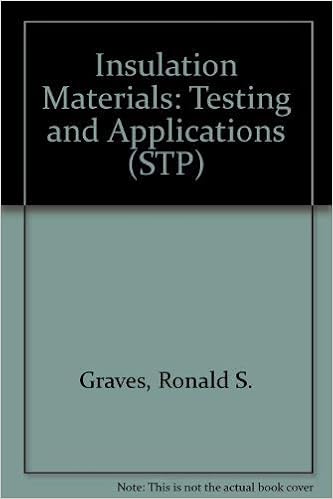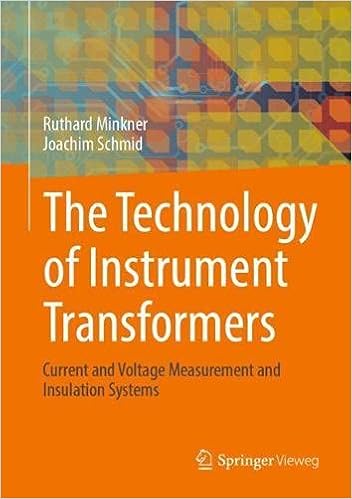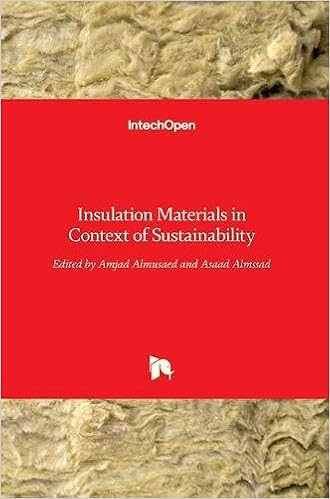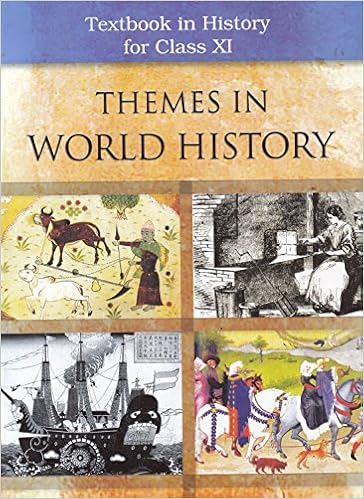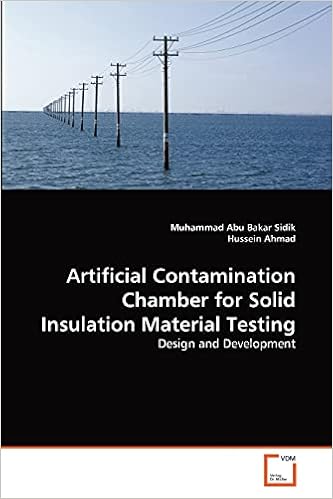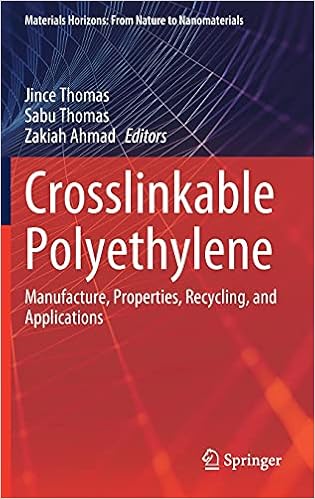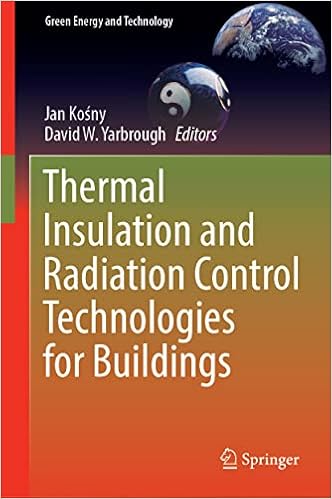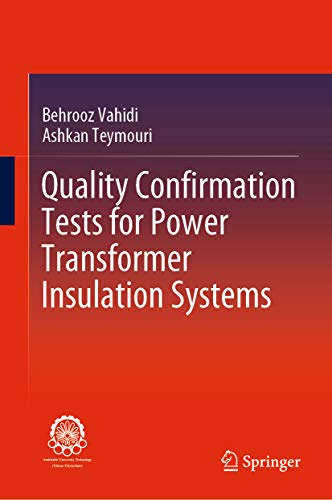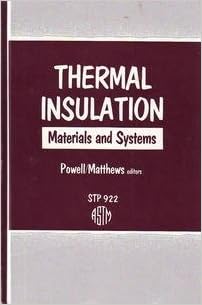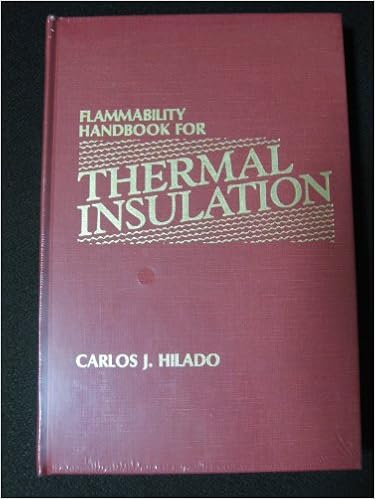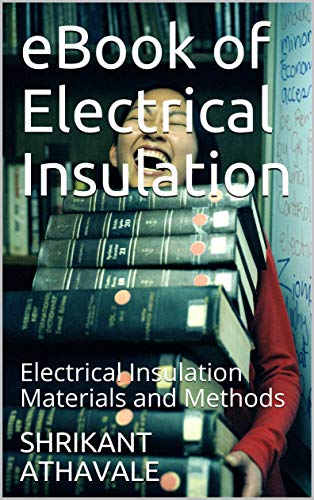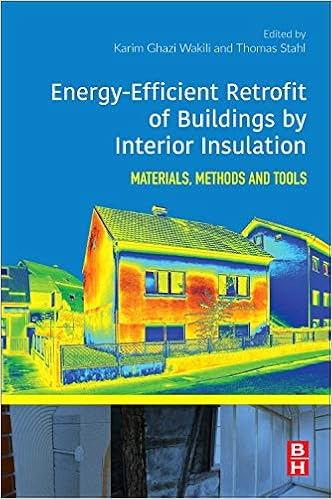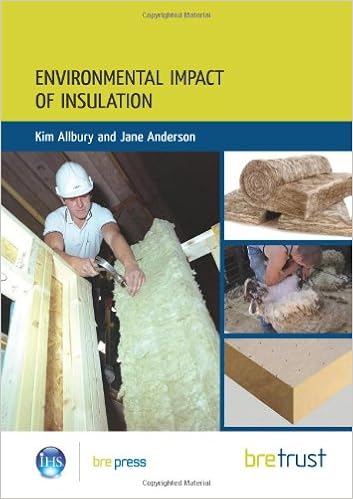Buy Online Insulation Materials Products from IndianConstructionIndustry.Com in Association with Amazon India
Home » Insulation Materials
Insulation Materials Products
Price:  32682
32682
 0
0
 32682
32682
 0
0
You Save: 0
Price:  6600
6600
 8000
8000
 6600
6600
 8000
8000
You Save: 1400
Price:  5445
5445
 0
0
 5445
5445
 0
0
You Save: 0
Price:  6352
6352
 0
0
 6352
6352
 0
0
You Save: 0
Price:  227
227
 0
0
 227
227
 0
0
You Save: 0
Price:  5323
5323
 6092
6092
 5323
5323
 6092
6092
You Save: 769
The Technology of Instrument Transformers: Current and Voltage Measurement and Insulation Systems - Product Features
- Existing instrument transformer technologies as well as new measuring principles for current and voltage measurement are described in this book. The properties of conventional current and voltage transformer as well as the dimensioning are discussed in details out of the long experience of the authors. Especially the dielectric dimensioning and the used materials are discussed. Beside this an overview over new modern measuring principles is given and the technology of low-power instrument transformer, and RC-dividers are shown.
Insulation Materials in Context of Sustainability - Product Features
- This book gives information and guidance on important subjects. It presents the major and efficient applications for efficient insulation materials. The book is divided into two parts. Part I discusses ecological insulation materials. In this part, the three sub-subjects are drafting, Unconventional insulation materials, Jute-Based Insulation Material, and Possible Applications of Corn Cob as a Raw Insulation Material. Part II: discusses Practical Applying and Performance of Insulation Materials (case studies), where three sub-subjects are drafting seismic aspects of the application of thermal insulation boards beneath the building's foundations, flammability of bio-based rigid polyurethane foam thermal insulation, and the review of some commonly used methods and techniques to measure the thermal conductivity of insulation materials.
Electrical Insulation for Rotating Machines: Design, Evaluation, Aging, Testing, and Repair: 83 (IEEE Press Series on Power and Energy Systems) - Product Features
- A fully expanded new edition documenting the significant improvements that have been made to the tests and monitors of electrical insulation systems Electrical Insulation for Rotating Machines: Design, Evaluation, Aging, Testing, and Repair, Second Edition covers all aspects in the design, deterioration, testing, and repair of the electrical insulation used in motors and generators of all ratings greater than fractional horsepower size. It discusses both rotor and stator windings; gives a historical overview of machine insulation design; and describes the materials and manufacturing methods of the rotor and stator winding insulation systems in current use (while covering systems made over fifty years ago). It covers how to select the insulation systems for use in new machines, and explains over thirty different rotor and stator winding failure processes, including the methods to repair, or least slow down, each process. Finally, it reviews the theoretical basis, practical application, and interpretation of forty different tests and monitors that are used to assess winding insulation condition, thereby helping machine users avoid unnecessary machine failures and reduce maintenance costs. Electrical Insulation for Rotating Machines: Documents the large array of machine electrical failure mechanisms, repair methods, and test techniques that are currently available Educates owners of machines as well as repair shops on the different failure processes and shows them how to fix or otherwise ameliorate them Offers chapters on testing, monitoring, and maintenance strategies that assist in educating machine users and repair shops on the tests needed for specific situations and how to minimize motor and generator maintenance costs Captures the state of both the present and past ?art? in rotating machine insulation system design and manufacture, which helps designers learn from the knowledge acquired by previous generations An ideal read for researchers, developers, and manufacturers of electrical insulating materials for machines, Electrical Insulation for Rotating Machines will also benefit designers of motors and generators who must select and apply electrical insulation in machines.
Artificial Contamination Chamber for Solid Insulation Material Testing - Product Features
- Traditional glass and porcelain cap-and-pin transmission line insulators are slowly being replaced by new insulating materials which have better electrical and mechanical properties such as silicon rubber and polymeric. The non-ceramic materials are currently gaining popularity in transmission line applications. For any new type of insulator to be used on transmission line, it has to be tested so that it complies with the requirements of International Electrotechnical Commission Standard on insulators. This book provides comprehensive information concerning the design and development of Artificial Contamination Chamber which encompasses the aspects of electronic instrumentation, video recording, artificial contamination generation system, high voltage source data acquisition system and virtual instrument development. The chamber has all the basic features to conduct type-tests on insulators of ceramic and non-ceramic types.
Crosslinkable Polyethylene: Manufacture, Properties, Recycling, and Applications (Materials Horizons: From Nature to Nanomaterials) - Product Features
- This volume covers various aspects of cross-linked polyethylene (XLPE). The contents include manufacture, morphology, structure, properties, applications, early stage development, cross-linking techniques, recycling process, physical and chemical properties as well as the scope and future aspects of XLPE. It focuses on the life cycle analysis of XLPE and their industrial applications and commercial importance. This book will be of use to academic and industry researchers, as well as graduate students working in the fields of polymer science and engineering, materials science, and chemical engineering.
Thermal Insulation and Radiation Control Technologies for Buildings (Green Energy and Technology) - Product Features
- This book offers a unique treatment of building insulating products and the integration of these products with building components. This book was written for all those involved in building design, specification, construction, and commissioning, providing them with an understanding of and appreciation for the wide variety of thermal insulation products and technologies available for use in all types of buildings. The book proceeds from basic definitions and discussion of heat-transfer topics and thermal insulation concepts, to the design and use of these products. The impact of thermal insulation on dynamic building performance, including factors other than heating and cooling, is also discussed.
- The book does not require an advanced mathematical background. The authors provide sufficient information to provide a qualitative understanding, with more mathematical sections included for those interested in modeling and analysis. The basic physics associated with heat transfer in buildings are presented, along with the steady-state and transient analysis techniques needed for the effective implementation of thermal insulation and assemblies.
- Modern building design involves the integration of comfort, safety, economics, durability and cost considerations, all of which impact the selection and use of thermal insulation materials in buildings. In addition to theoretical explanations of the underlying science, the book details the properties and application of new thermal insulation materials, including vacuum panels, gas-filled panels, aerogels, phase-change materials, and radiation control technologies.
Quality Confirmation Tests for Power Transformer Insulation Systems - Product Features
- This book focuses on oil-paper insulation included in power transformers, especially for EHV and UHV transformers. The importance on insulation ever increased due to a growing voltage rating of transformers. Within the last decades, although research on the transformer insulation and diagnosis methods has advanced a lot, the insulation of HV transformers remained more or less unchanged. The book is divided into five chapters; the first and second chapters explain the basics of oil insulation, while the third chapter focuses on paper insulation. The final two chapters deal with the methods and outcome of testing both techniques. The primary target audience for this book is graduate students and power system engineers.
eBook of Electrical Insulation: Electrical Insulation Materials and Methods (Technical Book 5) - Product Features
- This eBook provides valuable information on , Electrical Insulation,Electrical Insulation Tape Introduction, Electrical Insulation Tape Application,Electrical Insulation Tape Manufacturers, Electrical Insulation Tape Products, Electrical Insulation other Varieties, Electrical Cables,Dielectric,Static Electricity, Electrical Insulation International Standards, Understanding Electrical Insulation, Electrical Insulation Testing.This book can serve the purpose of a very useful reference Hand Book.
Energy-Efficient Retrofit of Buildings by Interior Insulation: Materials, Methods, and Tools - Product Features
- Energy-Efficient Retrofit of Buildings by Interior Insulation: Materials, Methods and Tools offers readers comprehensive coverage of current research in German Language Countries. Chapters provide an overview on the development of energy efficiency for building retrofits and the role of internal insulation, cover materials with chapters on Brick, Wood, Plaster, Clay, and Natural Stone, explain the impact of internal insulation in those materials and how to cope with problems such as moisture build, mold and algae growth, provide practical advice on how to apply internal insulation in the most effective way, including Salt Efflorescence, Noise Protection, Fire Prevention, and more. The practical approach of the book, with examples in all chapters, makes it valuable for Civil and Architectural Engineers involved with building retrofit. The book may also be useful to researchers in the field of Building Physics due to the breadth of the coverage.
Environmental Impact of Materials: Insulation - Product Features
- This report provides a review of how insulation materials have been assessed within The Green Guide to Specification, including the application of the Environmental Profiles methodology which underlies it. The way in which insulation is addressed within building level environmental assessment schemes such as BREEAM and the Code for Sustainable Homes is also explained. The report will give manufacturers and specifiers an understanding of the impacts of their insulation products over their life cycle and to identify opportunities for improvements to their environmental performance.
- It is part of a series that provides comparable information on cladding, floor finishes, windows, metals, timber, masonry and concrete. These will be of value when considering the environmental impact of specific construction materials.
Thermal and Acoustic Insulation - Product Features
- Thermal and Acoustic Insulation deals with general aspects of thermal insulation, condensation, properties of inorganic insulation materials, organic high void insulation materials, glass, and glazing. The book also describes noise insulation, computerized insulation calculations, fire properties of insulation materials. The book explains thermal insulation, heat transfer (through conduction, convection, radiation), the theory of water vapor diffusion, and dehumidification. The two types of insulation materials in common use prevent the passage of radiant heat through reflection or by impede the flow of conducted heat. The engineer should choose insulation materials with a low thermal conductivity that also have a very high void content. The book suggests, in practice, a material with a k-value of 0.035. The other properties of insulation materials are mechanical strength, physical resistance, chemical resistance, temperature limits, fire resistance, hygroscopy, fungoid resistance, and pest resistance. The text describes a variety of materials are suitable for insulation, such as gypsum, foamed asbestos, foam glass, glass fiber wool, expanded perlite, vermiculite, and foamed plastics. The book will prove beneficial for architects, for computer programmers involved in insulation, for engineers working in building construction, insulation, fire prevention, as well as for private house- or corporate building-owners.
If you have a business establishment in india,
Contact us
to list your business related to any construction categories.Browse by Topic
Construction Events
To Know more about the events about Air Conditioners, Basements, Bathrooms, Bedrooms, Cabinets, Decorating, Design Plans, Doors, Electrical Lightings, Flooring, Home Security, Kitchen, Landscape, Painting, Plumbing, Fixtures and many more..


